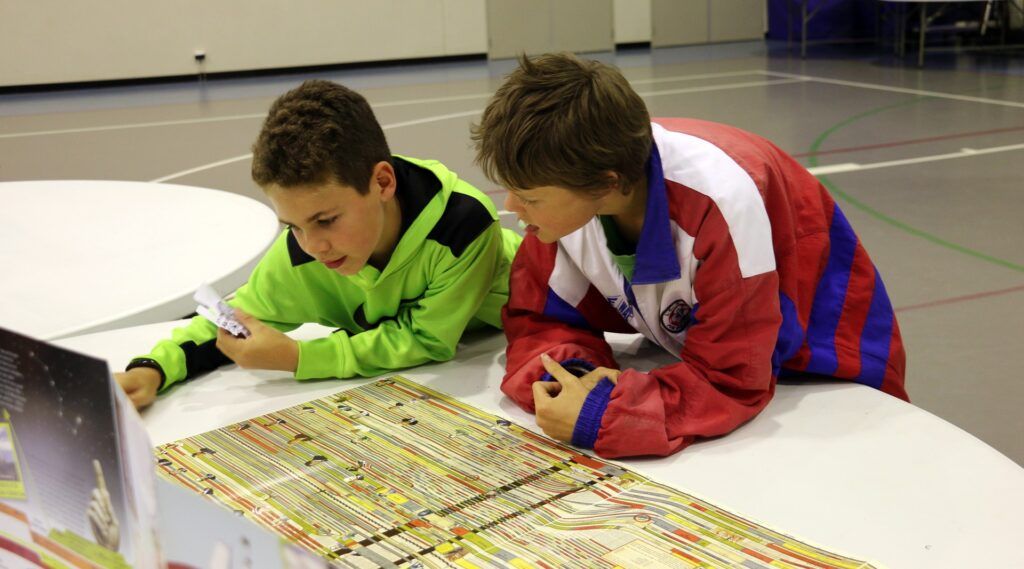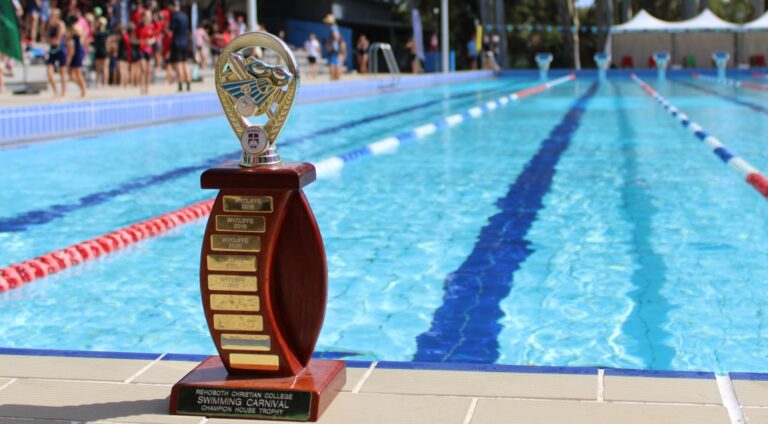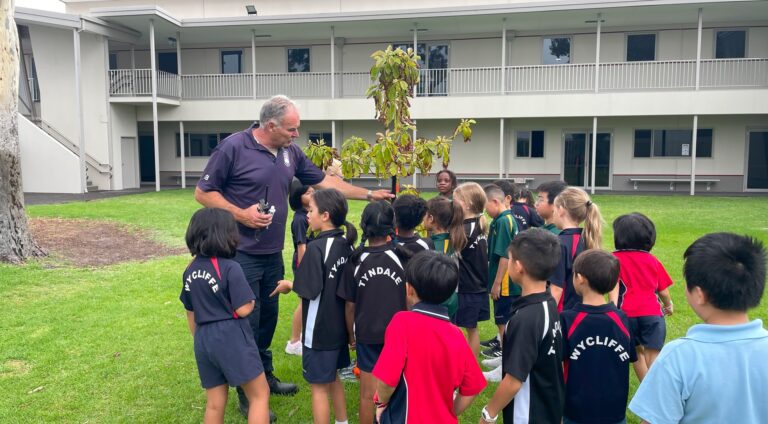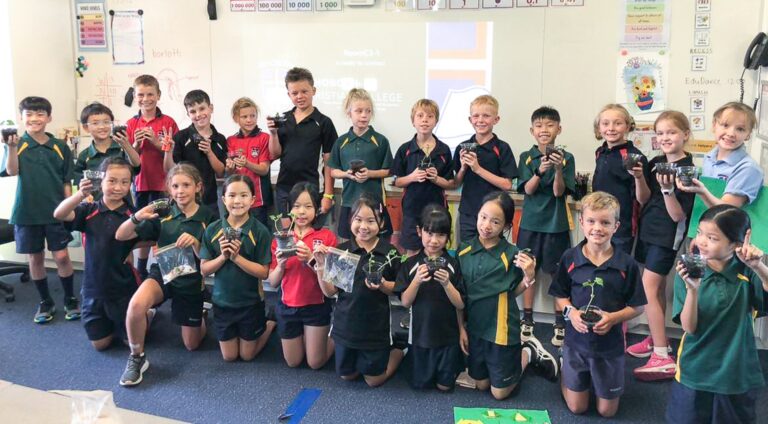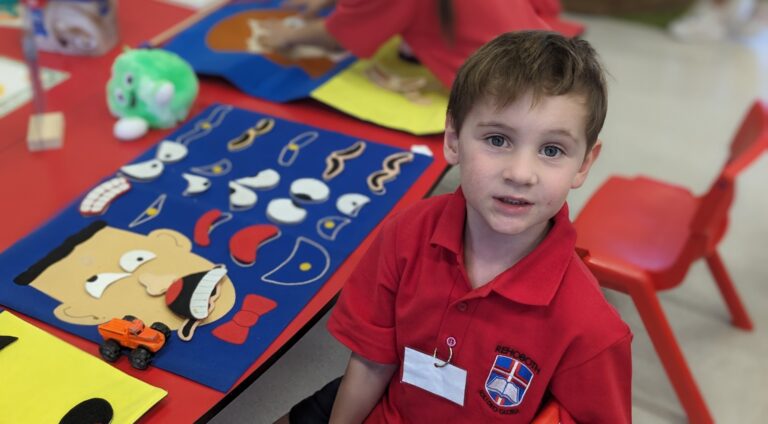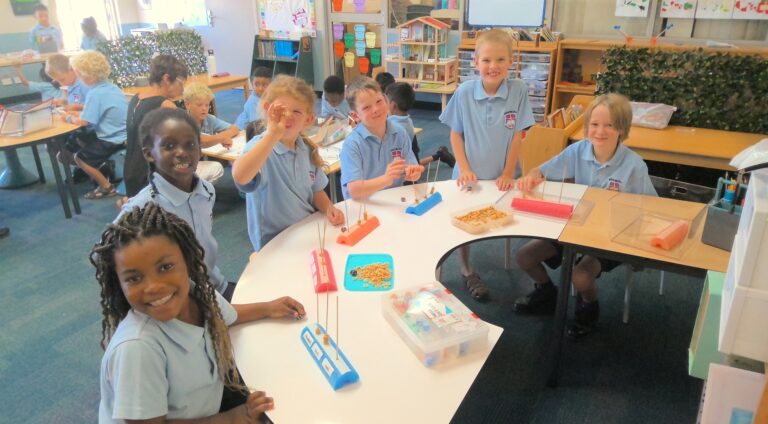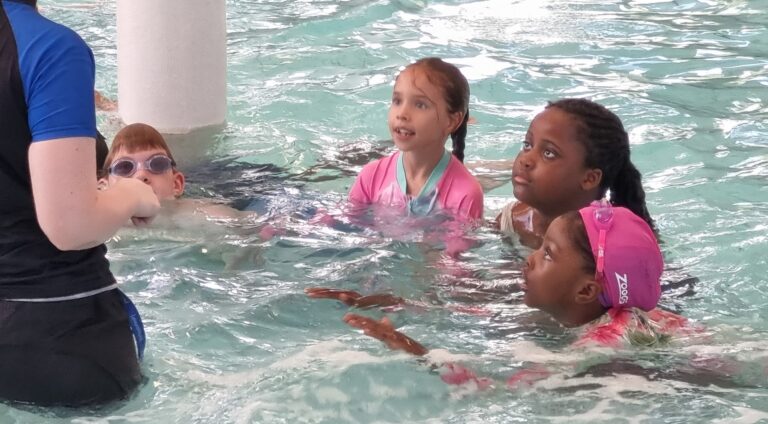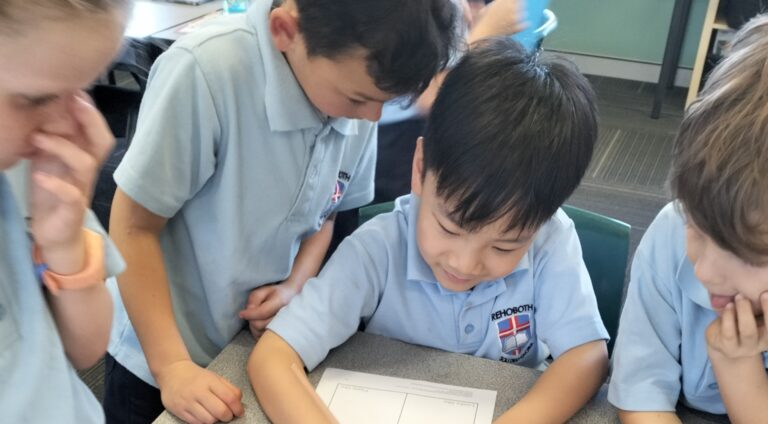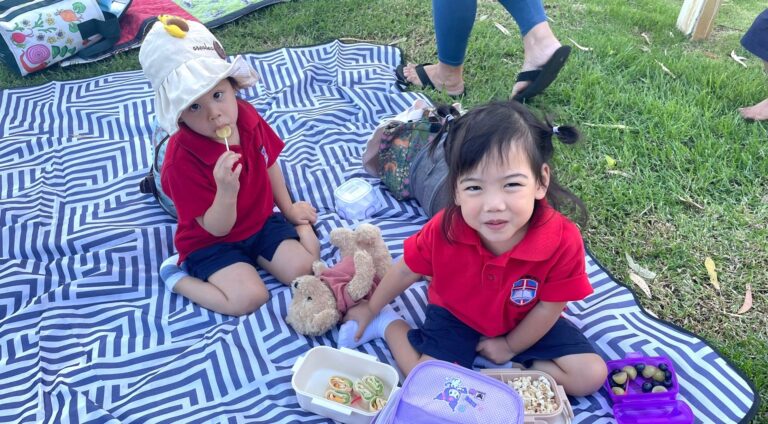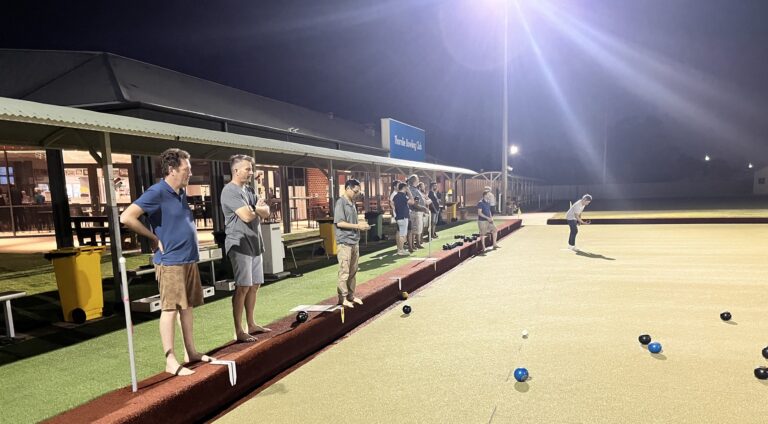What are museums for and why do we continue to build and visit them? Museums give us the opportunity to see significant objects that reveal information about a topic (such as examples of animals or gemstones), demonstrate aesthetic beauty (such as paintings or sculptures), or tell a story about an important historic occasion. A number of years ago, the British Museum in London exhibited ‘The History of the World in 100 Objects’, choosing artifacts from their enormous collection to represent various eras and events.
Our Church History Program lent itself well to a similar project – ‘The History of the Church in 100 Objects’. At the beginning of the year, classes discussed how we might understand the value of keeping and viewing objects from a Biblical perspective. Students considered objects that were representative of their family and wrote ‘museum descriptions’ for these. In Semester 2, Year 6-9 students researched important events and people from the era they were studying this year and searched for representative artifacts from that event or person. They worked in groups to re-create these artifacts and to write a museum description.
Mrs Dalais and Mrs Howard devoted Church History class time to the creation of these objects and worked with Mrs Vivian on a public museum display. On 22 September, students arranged their exhibit and parents were able to visit in the evening.
Some of the objects represented were:
- The Dead Sea Scrolls
- A mysterious Rotas Square from the Ancient Church
- P52, a papyrus fragment with the oldest copy of the book of John
- The Hagia Sophia church in Constantinople
- The Iron Crown of Lombardy
- The Lindisfarne Gospels
- The Venerable Bede stained glass window
- The ‘Holy Lance’ of the Crusades
- Martin Luther’s ’95 Theses’
- John Knox’s longsword
- Slave shackles
- ‘The Fundamentals’ book
- Charles Darwin’s HMS Beagle
- Martin Luther King’s letters
- George Whitefield’s travelling pulpit
- Pope Formosus in the ‘Cadaver Synod’
Mrs Dalais reminded us that the Church is the ‘Bride of Christ’ who is looking forward to Jesus’ return with a unique display. In addition, Mrs Vivian contributed a number of her own original artifacts, including pages from a 1500s Geneva Bible, a 1650 King James Bible, and a 1791 Isaac Collins Bible. Students could also walk the length of Mrs Vivian’s 30-metre timeline which charted the course of Church History from the time of Christ.
The project reminded us that the objects we keep and view are evidence that God has been working in His Church for over two millennia, and He continues in His faithfulness to us today.


